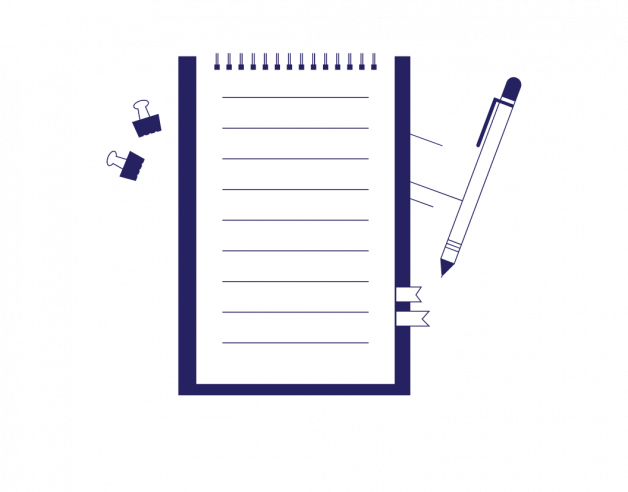
- 3-minute read
- 19th April 2023
An Introduction to Relative Pronouns – With Examples
English has eight types of pronouns, and relative pronouns are one of them. But what exactly are relative pronouns? And how do you use them correctly? In today’s post, we’ll answer these questions. Read on to learn more!
What Are Relative Pronouns?
This type of pronoun introduces a dependent clause and connects it with an independent clause. Relative pronouns provide additional information about the independent clause they’re linking with the dependent clause.
English has only a handful of relative pronouns, including which, that, whose, whoever, and who.
How to Use Relative Pronouns
Let’s look at some examples of relative pronouns in action:
In this example, This house is 50 years old is an independent clause. And which belongs to my grandma is a dependent clause, meaning it can’t stand alone as a complete sentence. It provides additional information for the independent clause, and which is the relative pronoun that ties the clauses together.
Examples of Relative Pronouns
Let’s look at more examples. To help you make sense of these, the independent clause is in green, the dependent clause is underlined, and the relative pronoun is in bold:
The baker whose cake gets the most votes wins the competition.
Please reveal yourself, whoever you are.
Think you’ve got the hang of it? In these next examples, see whether you can point out the independent clause, the dependent clause, and the relative pronoun:
I’m making a dessert with the strawberries that we picked yesterday.
The sewing machine, which stopped working, is in the closet.
That vs. Which
A common question pops up around the use of that and which. We often use them in similar situations, so how do you know which one is correct?
The generally accepted rule is this: We use that for a clause that’s necessary for the context of the sentence. And we use which to add information that’s not necessary for the context. Clauses beginning with which should be set off with one or two commas, depending on their position in a sentence.
For example:
Find this useful?
Subscribe to our newsletter and get writing tips from our editors straight to your inbox.
This rose bush, which bloomed last week, has very sharp thorns.
In the first sentence, the independent clause is the rose bush is in the shadiest part of the yard. The dependent clause, that bloomed first, is a necessary piece of information for the sentence to convey its intended meaning.
In the second sentence, this rose bush has very sharp thorns is the independent clause. It already contains the intended context and meaning of the sentence, but the dependent clause, which bloomed last week, adds non-essential information.
Who vs. That
If you’re working with a sentence that needs a that clause (as discussed above), you also need to decide whether to use that or who. While, technically, you can always use that, the safest bet is to use who for people and that for everything else.
The player who wins gets a trophy.
Both of these sentences are grammatically correct, but many style guides prefer the second.
Conclusion: Relative Pronouns
To sum up, a relative pronoun introduces dependent clauses and links them with independent clauses. It allows you to give additional information and context about a noun in the independent clause.
We hope you now feel confident spotting and using relative pronouns. But if you would like an extra set of eyes to look at your writing, why not send us a free sample of your work? Our editors will check it for grammar, spelling, word choice, and more!
Frequently Asked Questions
How many relative pronouns are there?
The seven most common relative pronouns are which, that, whose, who, whom, whoever, and whomever. Other words, such as what, when, and where, can also function as relative pronouns.
What is an example of a relative pronoun?
An example of a sentence with a relative pronoun is: Summer, which is two months away, is my favorite season.






